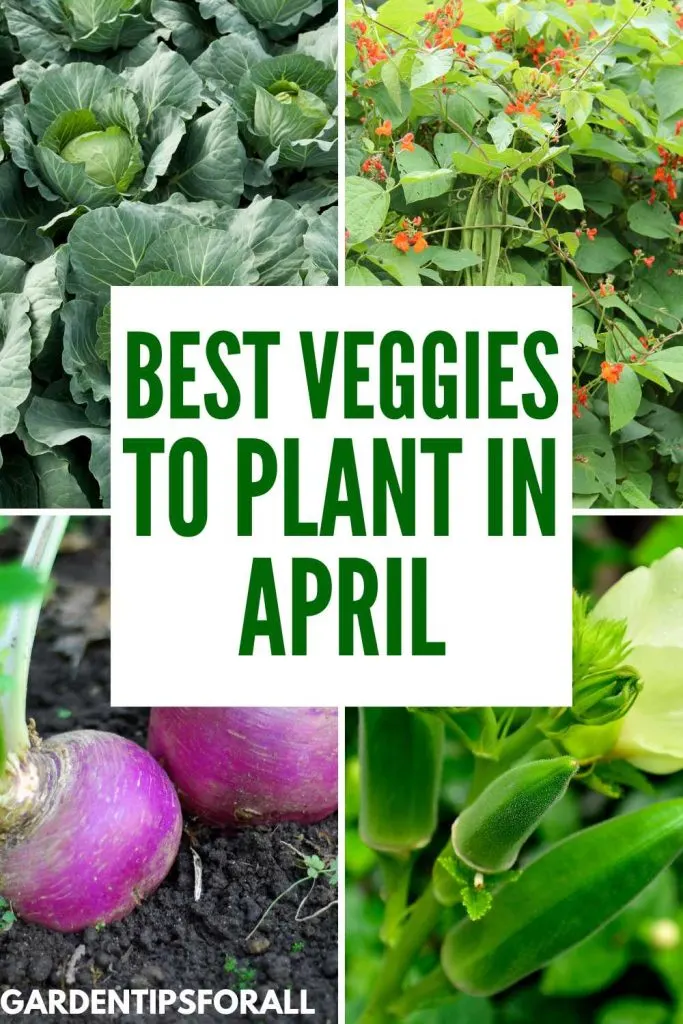Best Veggies to Plant in April
Most gardeners start planting their spring gardens after the last frost of the season.
In many regions the last frost occurs sometime between the end of March and middle of April making mid to late April an ideal time to begin planting that garden.
However, just because the danger of frost has come and gone does not mean the soil is warm enough to plant every crop you want to go in early spring.
For that reason, we will discuss the best vegetables to plant in April and the zones that these plants grow best in.

Related Articles:
- 10 Best Vegetables to Sow in March
- 9 Best Veggies to Plant in May
- 10 Best Vegetables to Grow in Raised Beds
8 Best Vegetables to Plant in April
#1. Runner Beans

Runner beans are not the same as green beans nor are they as common. In addition, these beans are perennials whereas green beans are annuals.
Runner beans can either be picked when the pods are young and tender and the beans can be cooked and eaten whole, or they can be picked after they are fully mature and the beans are shelled and dried.
Do keep in mind that these beans must be cooked before eaten since they are toxic when eaten raw. For this reason you may not want to grow these beans in your family garden if you have young children that tend to sample vegetables raw from your garden.
Runner beans grow best in zones 7 through 11. These beans prefer full sun and moist loamy soil to produce a hardy yield.
#2. Winter Squash
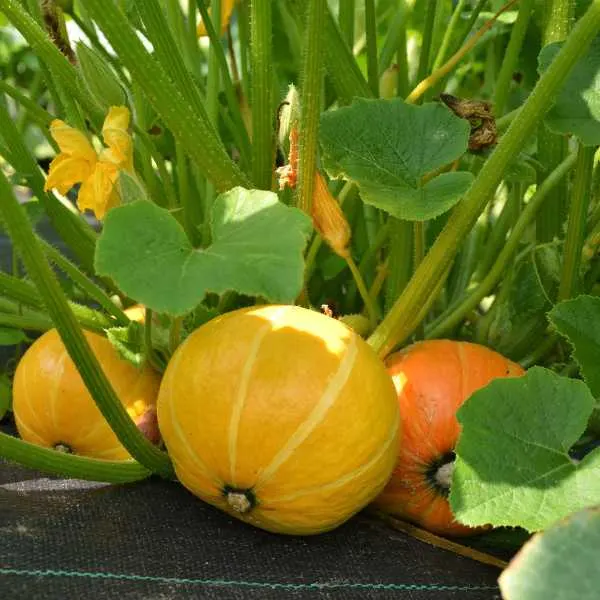
Winter Squash is normally planted in the early spring so it will be ready to harvest in the fall. There are several varieties of squash with some of the winter varieties including butternut, acorn, Hubbard and spaghetti.
Most varieties of winter squash can be grown in zones 3 through 10. Since it takes most varieties of winter squash between 85 and 120 days to mature you may need to start your squash indoors in April and transplant outdoors once the weather warms.
It is recommended that you not plant these types of squash outdoors until soil temperatures reach 70 to 90 degrees Fahrenheit and no earlier than 2 weeks after the last frost.
Choose a spot with full sun and well-drained soil.
Depending on the type of winter squash you choose to grow you can enjoy your squash roasted, baked, fried, in soups and stews and a number of different ways.
#3. Cabbage
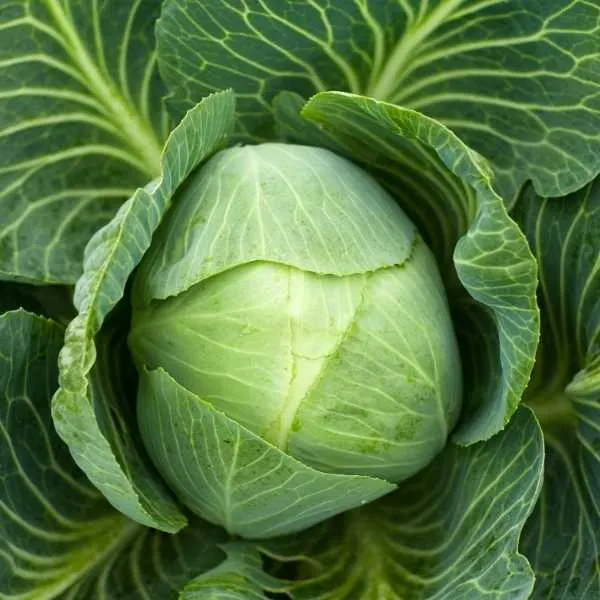
Cabbage is what is known as a cool season vegetable. This vegetable can be used in a number of different ways including in soups, salads, and fried. It is also used to make sauerkraut and Kimchi and other dishes.
Cabbage can be grown quite successfully in zones 2 through 11. It can be planted a couple of weeks before the last spring frost as long as the ground can be worked enough for planting.
It thrives in well-drained soil in a sunny location in the garden and needs to be harvested before the heat of summer sets in.
#4. Turnips
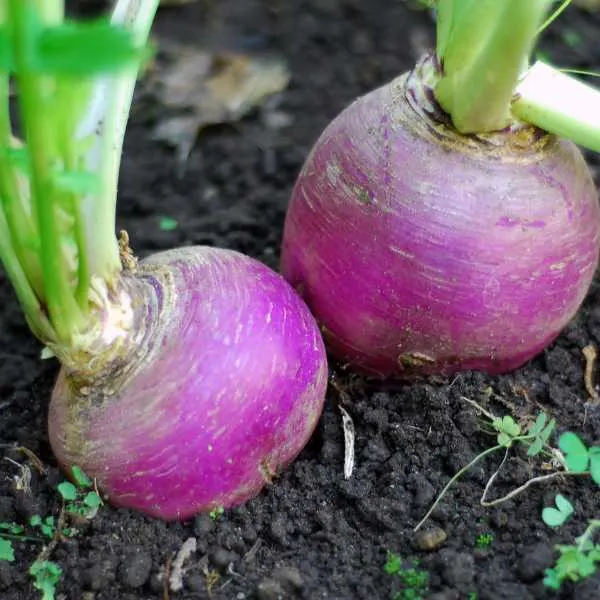
Turnips are extremely versatile root vegetables since both the greens and the roots can be eaten.
Greens can be eaten raw, however since they have an extremely bitter taste most people prefer them cooked. The roots can be prepared in a number of different ways including boiled and mashed, cooked in stews, baked or roasted.
These vegetables grow best in zones 2 through to 9. Plant them in an area of the garden that gets full sun or partial shade and sandy well-drained soil. They should receive at least an inch of water per week.
Turnips are ready to harvest in about 2 months.
#5. Okra
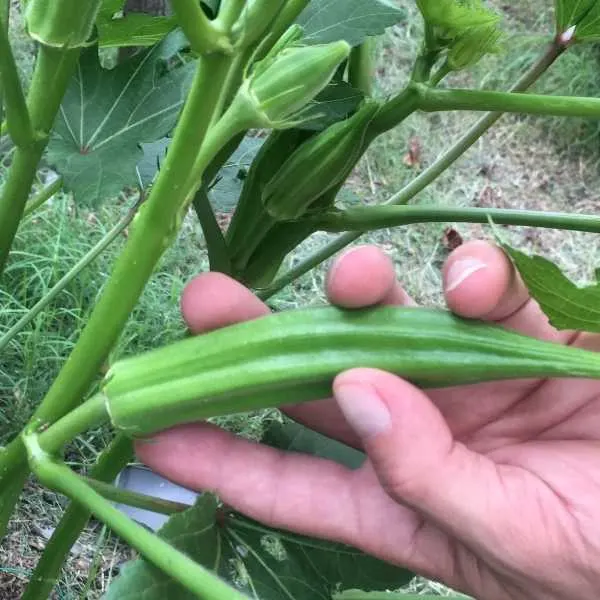
Okra is a vegetable that is quite popular especially in the Southern states. It is often enjoyed breaded and deep fried as well as used to thicken gumbos and stews. This is a healthy vegetable that is rich in vitamin A.
Okra grows well in zones 2 through 11 and can be planted 3 to 4 weeks before the last spring frost if you cover the plants with a tunnel.
It can be planted uncovered once the ground temperature reaches between 65 and 70 degrees Fahrenheit.
This vegetable needs to be planted in an area of the garden that gets full sun and has well-drained soil. Okra needs to receive at least 1 inch of water per week.
#6. Onions
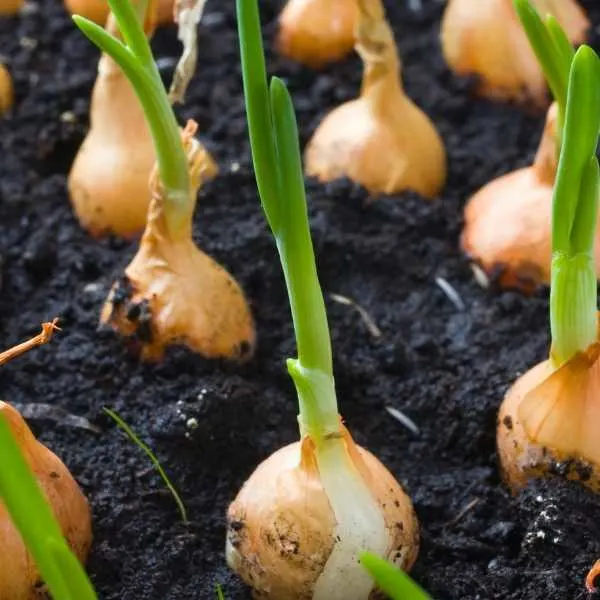
Onions are used to add a bit of spice to a number of different dishes. There are many different varieties of onions with some having a slightly sweet taste and others being hotter especially when eaten raw.
Onions are often eaten sliced or diced raw on sandwiches, formed in rings, breaded and deep fried, made into onion blossoms, cooked into casseroles, soups, dips and more.
They grow best in zones 5 through 10. It is essential that you choose a variety of onion based on your climate.
Long day onions prefer cooler climates and should be planted in the spring once the soil reaches 45 degrees Fahrenheit. They can be planted from seeds, transplants or seedlings.
Choose an area of the garden with well-drained soil that receives full sunlight.
#7. Green Beans
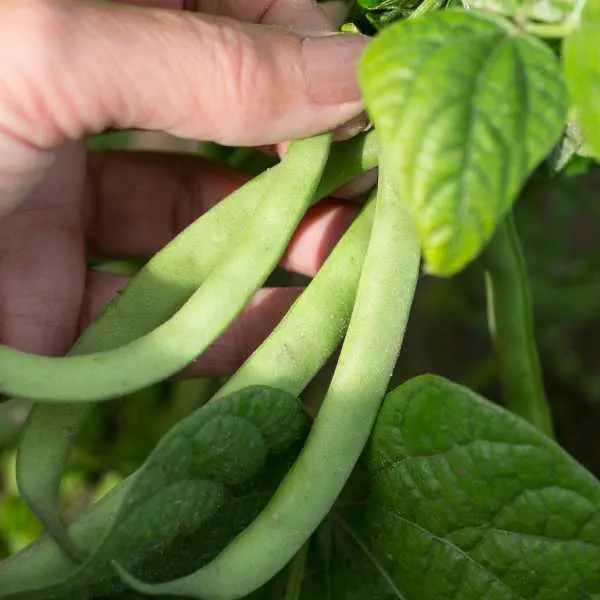
Green beans are a common and quite popular vegetable enjoyed by most families. These tasty vegetables can be eaten raw in salads, cooked in a number of ways as a side dish, and used as an ingredient in casseroles, soups, and stews.
Green beans can easily be grown in zones 2 through 11 with gardeners choosing to either grow the bush or pole variety of this vegetable.
Keep in mind however, if you choose to grow the pole variety you will need a trellis for the beans to grow on. (Here are the best edible climbing plants to grow vertically.)
Green beans can be planted after the last spring frost once the soil reaches a temperature of 48 degrees Fahrenheit. Choose a sunny spot in the garden with well-drained soil. Your beans will be ready to harvest in 50 to 55 days.
#8. Carrots
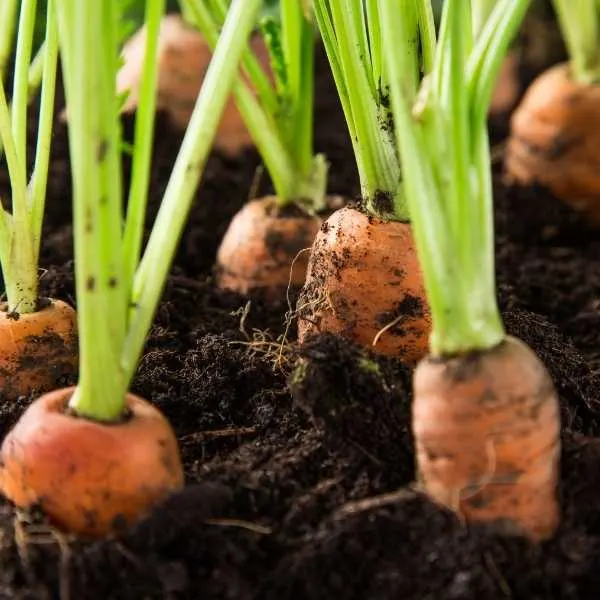
Carrots are an extremely popular vegetable to both eat and grow in your spring/summer garden.
Most people think of this vegetable as orange colored, however carrots can come in whole range of colors including purple, red, white, yellow and of course orange.
This vegetable can be eaten raw as a snack or in salads, cooked in many different ways as a side dish and used as an ingredient in casseroles, soups, stews and even in desserts.
Carrots can be successfully grown in zones 3 through 10 and can be planted in April for an early summer harvest. They do best when grown in full sunlight or partial shade and loose well-drained soil. Your carrot plants should get about 1 inch of water a week and should go from seed to harvest in 50 to 75 days.
Final Thoughts on the Best Vegetables to Sow in April
If you are looking forward to growing your own produce this spring and summer the wonderful vegetables mentioned above will make a great addition to your early spring plantings.
